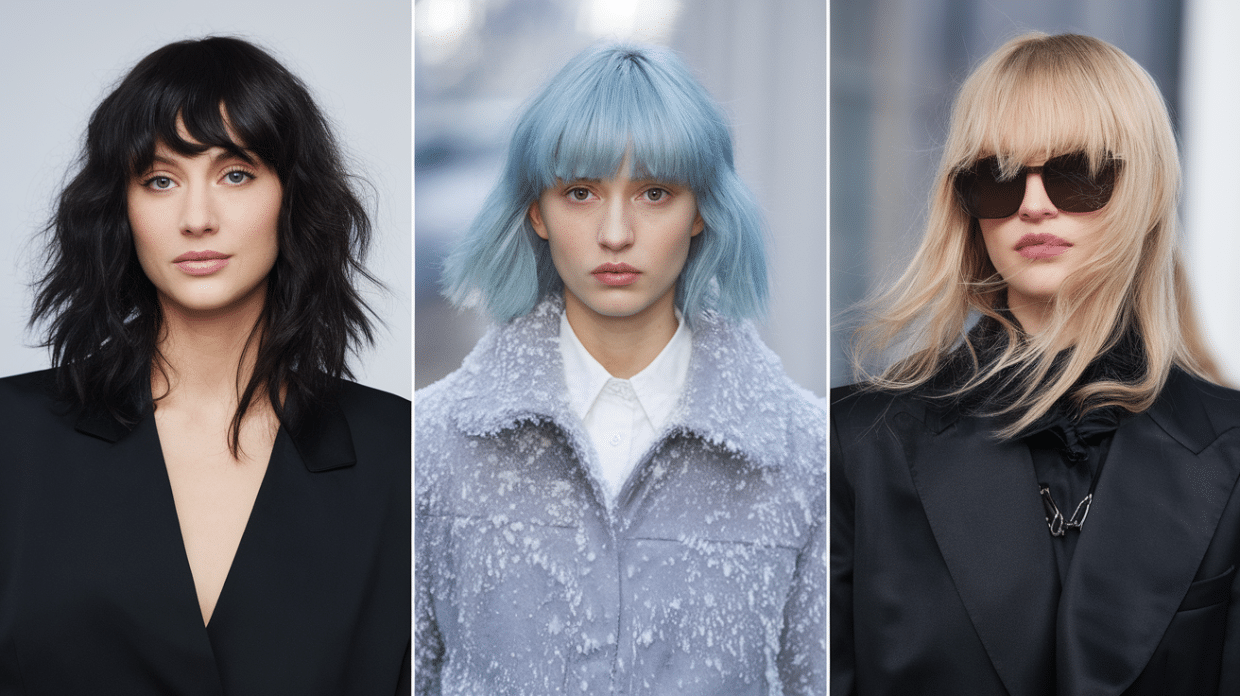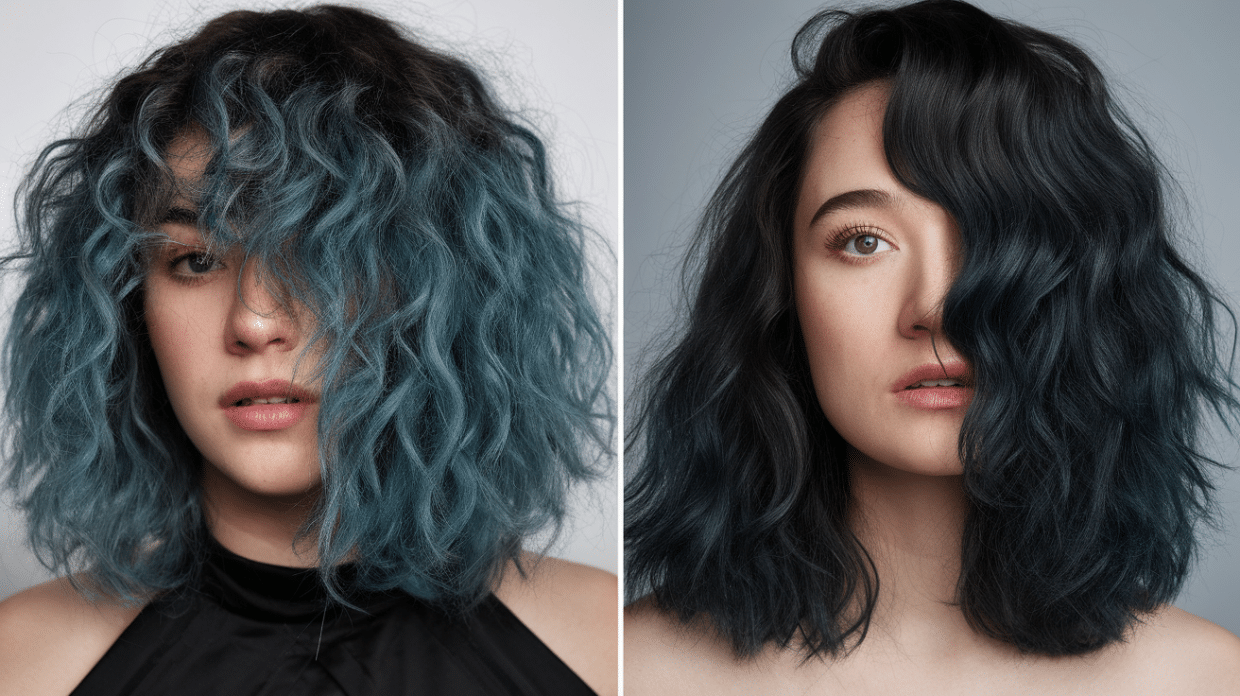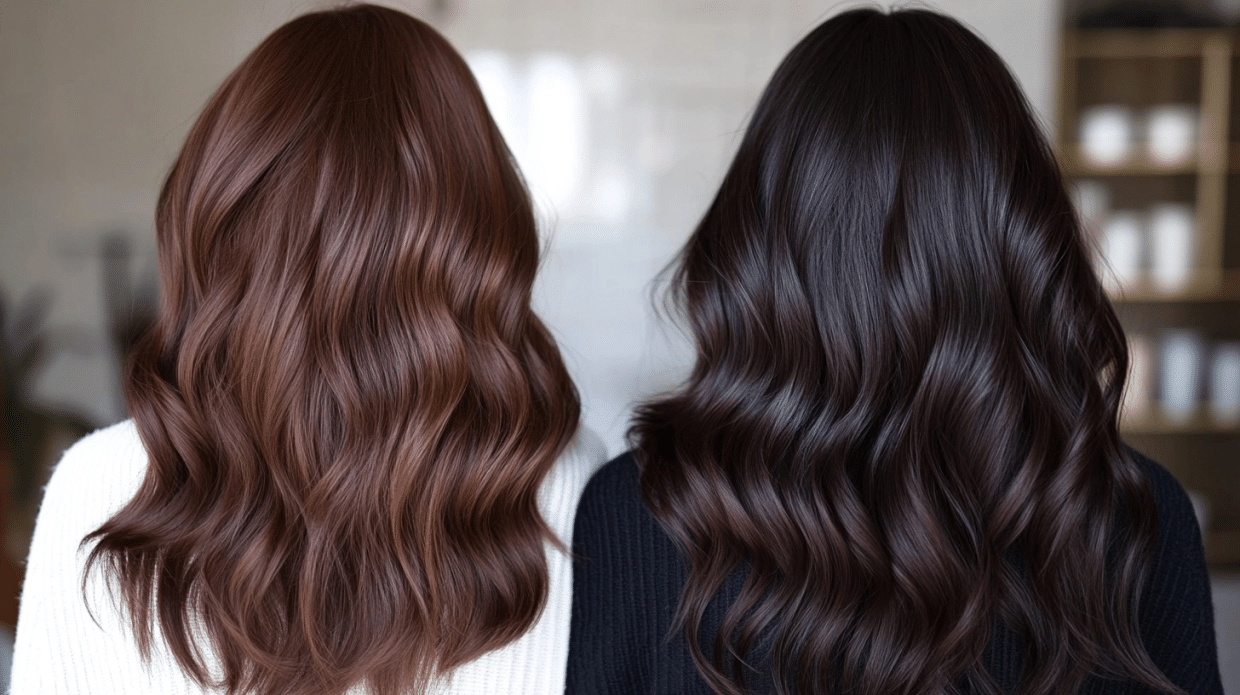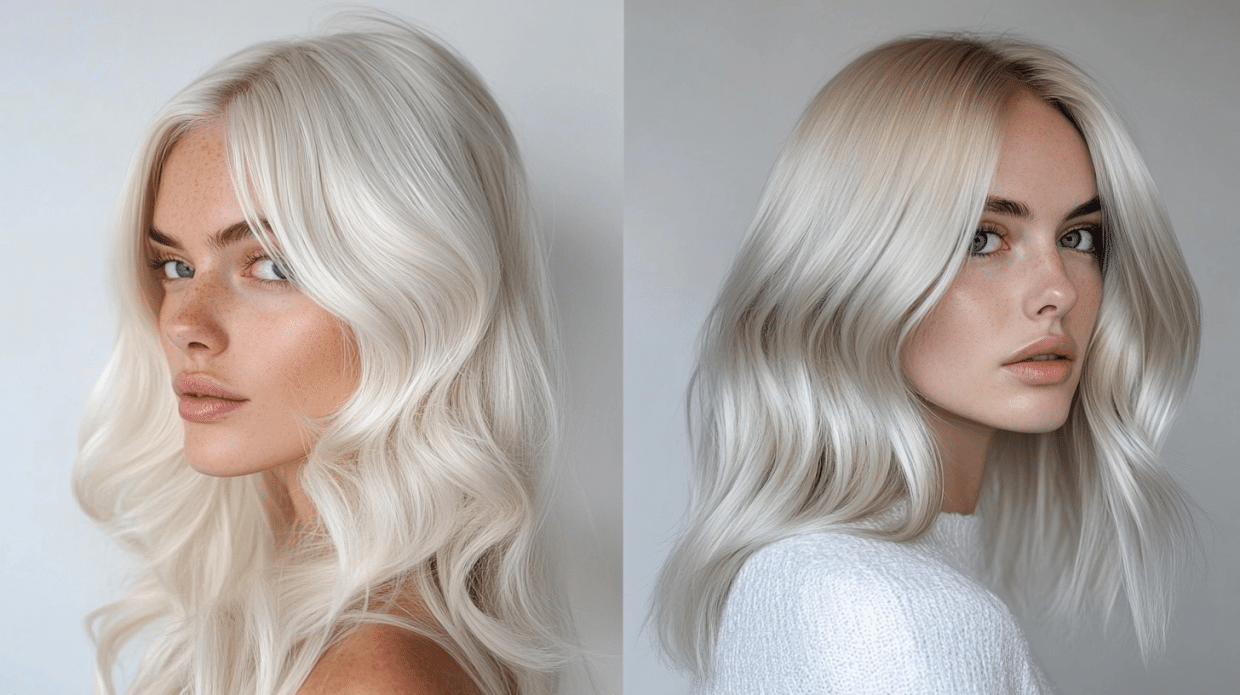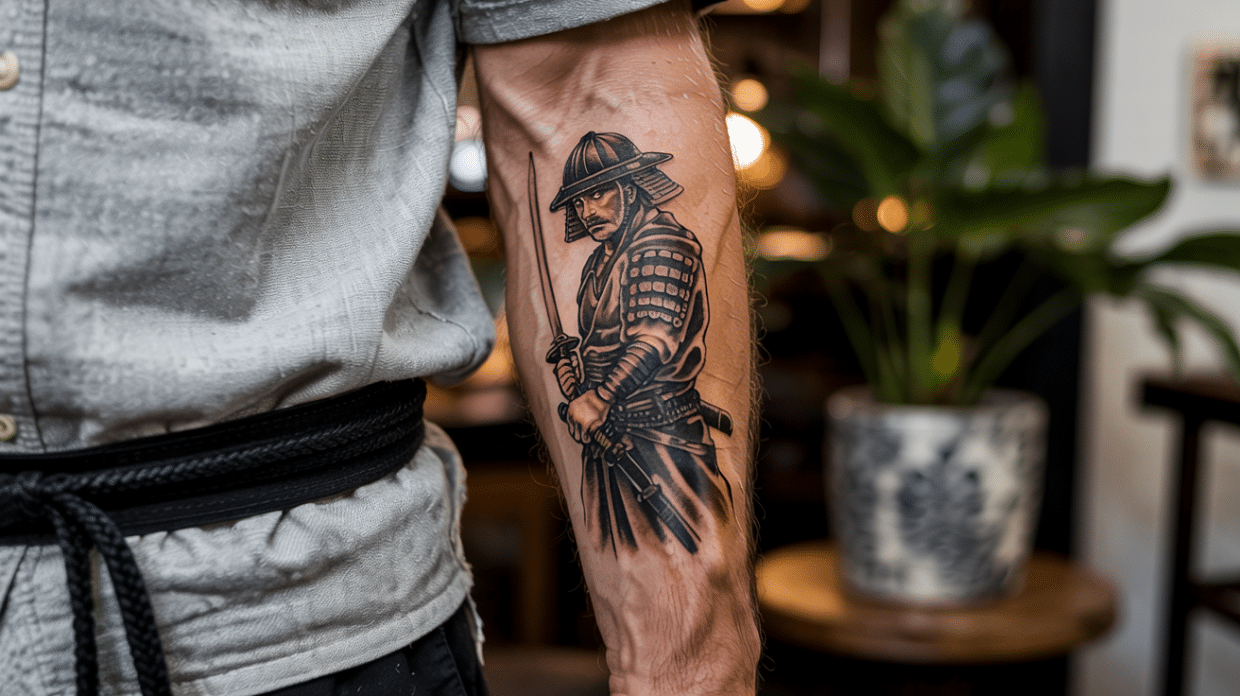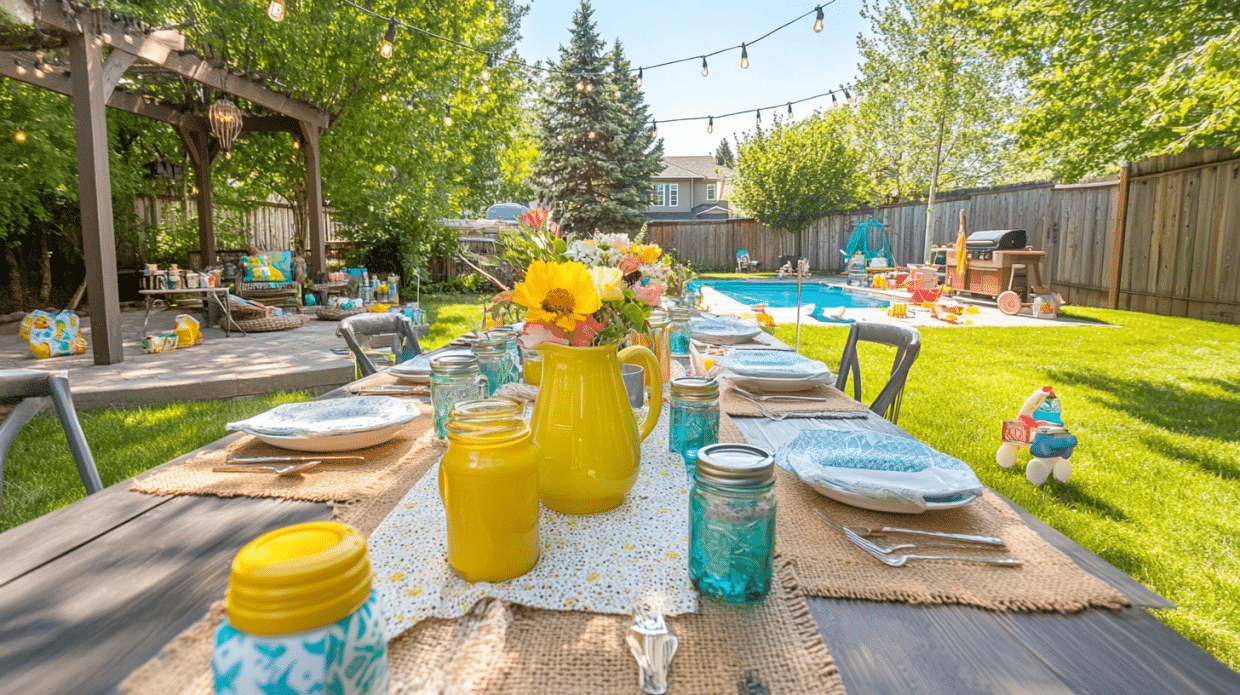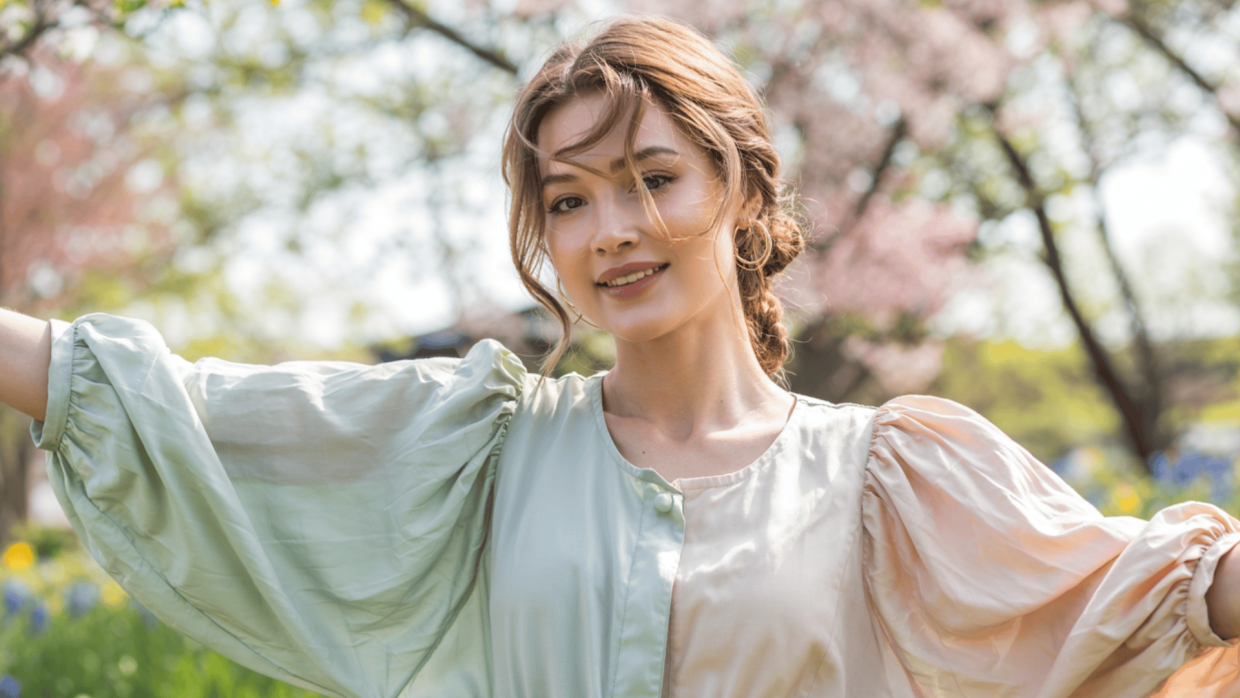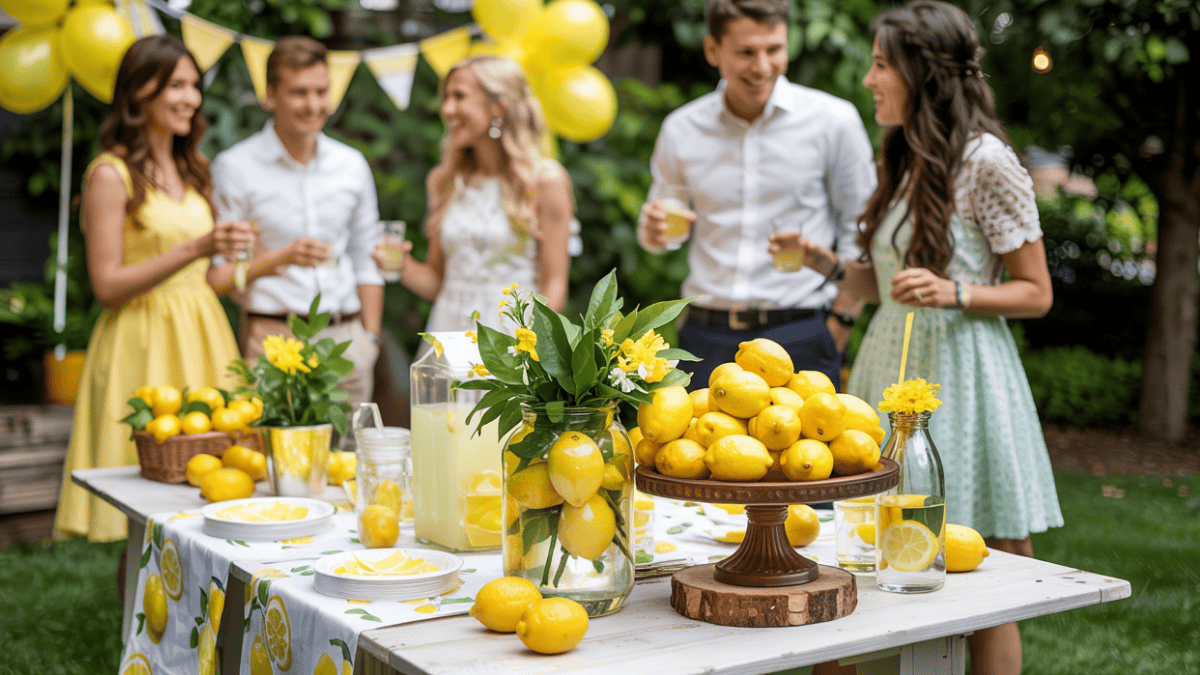Ever noticed how some hair colors make you look tired while others make your eyes pop? For True Winter types, picking the right hair color isn’t just about trends—it’s about working with your natural features.
True Winter hair color choices can make the difference between looking washed out and looking vibrant and healthy.
This guide will show you exactly which hair colors improve True Winter coloring and which ones to avoid.
You’ll learn about the best black, brown, and even blonde options that work with your cool undertones. We’ll cover highlight ideas, maintenance tips, and common mistakes to avoid.
By the end, you’ll know how to choose hair colors that naturally highlight your True Winter beauty, creating a look that feels effortlessly right for you.
What Defines A True Winter’s Natural Hair
True Winter individuals typically have dark hair in shades ranging from pure black to medium brown. Their hair lacks warm tones, instead featuring neutral or ashy undertones without natural highlights.
The most notable aspect of True Winter hair is the strong contrast it creates with the skin and eyes. This high-contrast look is a key identifier of the True Winter color type.
The contrast is especially visible between the dark hair and the whites of the eyes. True Winter hair typically falls in the 1N-5N range on the hair color scale, creating a clear, crisp appearance that stands out against their often fair skin.
This natural coloring forms the foundation for understanding which hair colors will work best for individuals with a True Winter type.
Best Hair Colors For True Winters
When choosing hair colors that work well with True Winter features, the goal is to keep the colors cool and bold while maintaining that natural high contrast.
Here are the most flattering options by shade family:
Best Black Shades
For True Winters, black hair colors offer striking results that highlight their natural contrast.
Top choices include:
- Jet black – a pure, intense black that creates maximum contrast
- Blue-black – adds a cool blue cast that brings out True Winter features
- Soft black – less intense than jet black, but still maintains the needed contrast
Best Dark Brown Shades
Cool-toned brown shades work well for True Winters who want something other than black:
- Espresso – a very dark, cool-toned brown that’s nearly black
- Mocha – a rich, cool, dark brown with good depth
- Iced coffee – a medium-dark brown with cool undertones
- Dark ash brown – free of warmth and highly flattering for True Winter coloring
Best Blonde Options
While True Winters typically have dark hair naturally, they can wear certain blonde shades:
- Icy blonde – a very cool, almost blue-white blonde
- Platinum with cool undertones – avoids any gold or warmth
The key with all True Winter hair colors is to stick to cool, saturated, high-contrast colors.
These shades maintain the natural striking contrast between hair, skin, and eyes that makes True Winter coloring so distinct.
Hair Colors True Winters Should Avoid
Not every hair color works well with True Winter coloring. Certain shades can make True Winters look tired, washed out, or create an unbalanced look.
True Winters should avoid hair colors with warm undertones, including caramel, auburn, and strawberry blonde. These golden-brown and reddish tones compete with and clash against the cool nature of True Winter coloring.
Other Pitfalls
Beyond warm tones, True Winters should also stay away from very light blondes that can lower the natural contrast that makes True Winter features stand out.
Muted or dusty shades that lack clarity or brightness won’t complement True Winter’s clear coloring either. Warm or muted shades clash with a True Winter’s natural features because they work against the two key aspects of True Winter coloring: coolness and contrast.
When a True Winter uses warm tones, it creates a visual disconnect between hair and skin. Similarly, muted colors lack the boldness needed to maintain the striking look that makes True Winter coloring so effective.
The right hair color for a True Winter should always feel clean, cool, and clear to match their natural qualities.
Can A True Winter Go Blonde?
True Winters can go blonde, but with careful consideration. Success depends on choosing the right shade and keeping that essential contrast intact.
Blonde works for a True Winter when the shade remains firmly in the cool family – icy platinum, ash blonde, and silver-toned options maintain the cool undertones that True Winters need.
Blonde doesn’t work when it veers into warm territory or becomes too light. Honey blonde, golden blonde, or beach blonde shades typically wash out a True Winter’s features and create a disjointed look.
The smartest blonde option for True Winters is usually an icy platinum that maintains some depth at the roots, preserving the contrast True Winters naturally have while creating a bold, statement look.
Curious about playful cool tones? Read here: Lavender Hair
Highlight Ideas For True Winters
Adding highlights to True Winter hair can create depth and dimension while maintaining the necessary cool tones.
The right highlights can improve True Winter coloring, while the wrong ones can clash with natural features.
Cool-Toned Highlights
True Winters look their best with highlights that reinforce their natural cool coloring.
The most flattering options include silver streaks that catch the light with a metallic sheen, icy highlights that create a frosty effect against darker hair, and ashy streaks that add dimension without warmth.
These cool-toned highlights work because they maintain the clear, crisp quality of True Winter coloring while adding interest to the overall look.
Highlight Mistakes To Avoid
The main highlight mistake for True Winters is adding any warmth to the hair.
Golden highlights create a clash against True Winter’s natural coolness, while brassy tones fight against their clear coloring. Even slightly warm highlights can make True Winter skin appear dull or tired.
When getting highlights, be specific with your stylist about avoiding any warm undertones, and consider asking for photos of cool-toned results before committing to the service.
Maintaining Vibrant True Winter Hair Color
Maintaining true winter hair color requires specific products and care techniques to keep it looking its best.
The right approach helps maintain those essential cool tones and prevents unwanted warmth from developing over time.
Products To Use
True Winter hair colors need targeted products to stay looking their best. Color-safe shampoos specially formulated for cool tones help preserve the color’s intensity and prevent premature fading.
Purple toning products are particularly useful for True Winter hair colors – these purple-pigmented shampoos, conditioners, and masks counteract any yellow or brass that might develop, especially in lighter cool shades.
Blue-toned products can also help maintain the coolness in darker True Winter hair colors.
Haircare Tips
Preventing brassiness is crucial for maintaining True Winter hair color. Limit heat styling when possible, as excessive heat can alter color molecules and lead to unwanted warm tones.
When using heat tools, always apply a heat protectant first. Use cold water for the final rinse after washing hair, as hot water opens the cuticle and allows color to escape.
UV protection products help prevent sun damage, which can warm up cool tones. Regular deep conditioning treatments keep hair healthy, which helps color appear more vibrant.
For the crispest True Winter color, schedule regular toning sessions with your stylist to refresh the cool tones before they have a chance to fade or warm up.
Common Mistakes To Avoid
True Winters often make two main mistakes when coloring their hair: losing the natural contrast that defines their look and choosing colors with warm undertones.
When True Winters select shades that are too light or too warm, they work against their natural coloring instead of enhancing it, resulting in a less flattering overall appearance.
- Keep your hair color dark enough to maintain contrast with your skin.
- Ask your stylist specifically for cool or ash-based formulas.
- Avoid any hair color described as “warm,” “golden,” or “copper.”
- Be wary of box dyes that often pull warm on everyone.
- Bring photos of true cool-toned hair colors to your appointment.
- Consider a strand test before committing to a full color change.
- Check how colors look in natural light, not just salon lighting.
- Remember that “brunette” doesn’t automatically mean cool-toned.
Conclusion
Choosing the right True Winter hair color can bring out your natural beauty and make you feel more confident.
Now that you know which shades work best—and which to avoid—you can pick a color that highlights your cool tones and keeps your look fresh.
Stick to cool, bold shades and take care of your hair with the right products. Small changes, like using a purple shampoo or avoiding warm highlights, make a big difference.
Remember, the best color works with your features, not against them. Want more tips to match your style with your season? Check out our other blogs for easy guides and ideas to help you look and feel your best every day.
Frequently Asked Questions
How Is True Winter Different From Dark Winter?
True Winter is purely cool with no warmth, while Dark Winter has a slight warm undertone. True Winter colors are icier and clearer than Dark Winter’s deeper, slightly muted palette.
Should True Winters Ever Try Warm Highlights?
No, warm highlights typically clash with True Winter coloring. Stick with cool, silver, or ash-toned highlights to maintain harmony with your natural features.
What Are Good Temporary Color Options?
Cool-toned temporary glosses, blue-black rinses, and purple-based color depositing masks work well for True Winters wanting to experiment without commitment.


